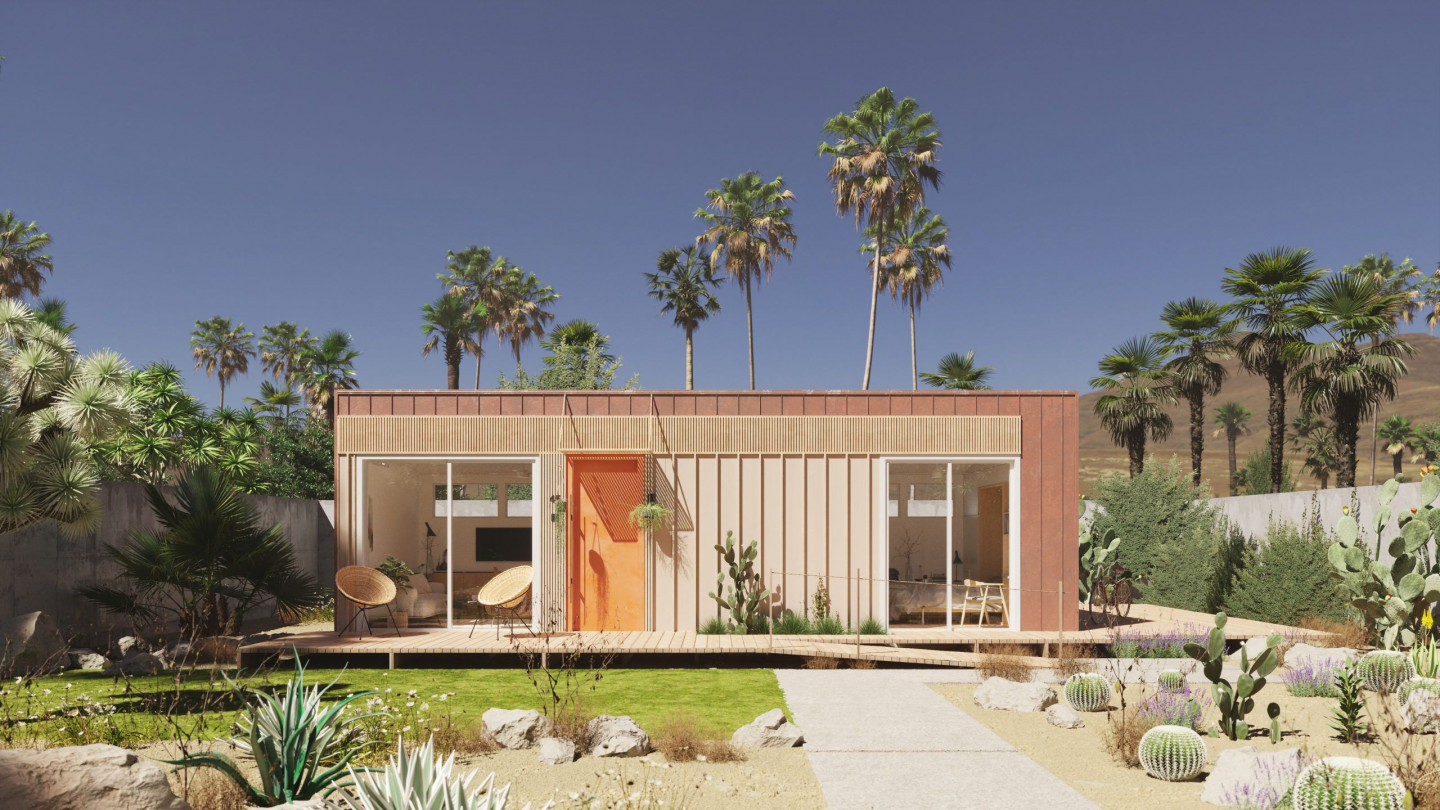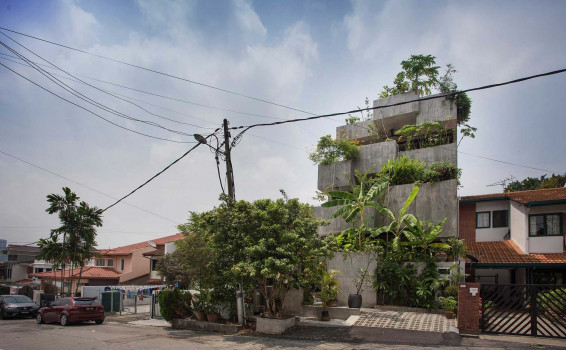ADU: Can Design Help Solve a Complex Economic Problem?



An accessory dwelling unit (ADU) is a smaller, independent dwelling unit located on the same lot as the main residence. Although ADUs have long existed, they have recently garnered more attention as a potential solution to the affordable housing crisis that leverages existing city infrastructure and prevents urban sprawl.

STUDIO OPTION
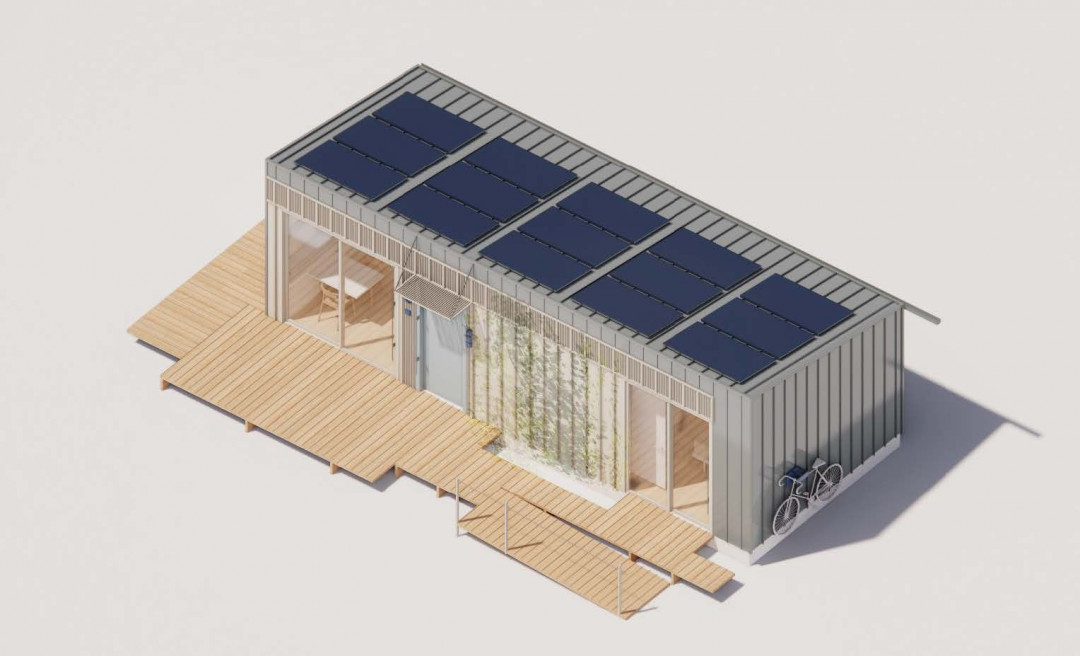
ONE BEDROOM OPTION
The design minimizes the units’ environmental impact, making the ADU type—which typically carries a large carbon footprint—a sustainable housing solution. The prototype is the first ADU to receive an Energy Star rating. Roof-top solar panels generate energy to power the unit, strategically located windows maximize cross-ventilation, and the exterior walls support plantings. Sliding glass panels allow residents to open the house directly to a deck or garden, creating indoor-outdoor living environments.
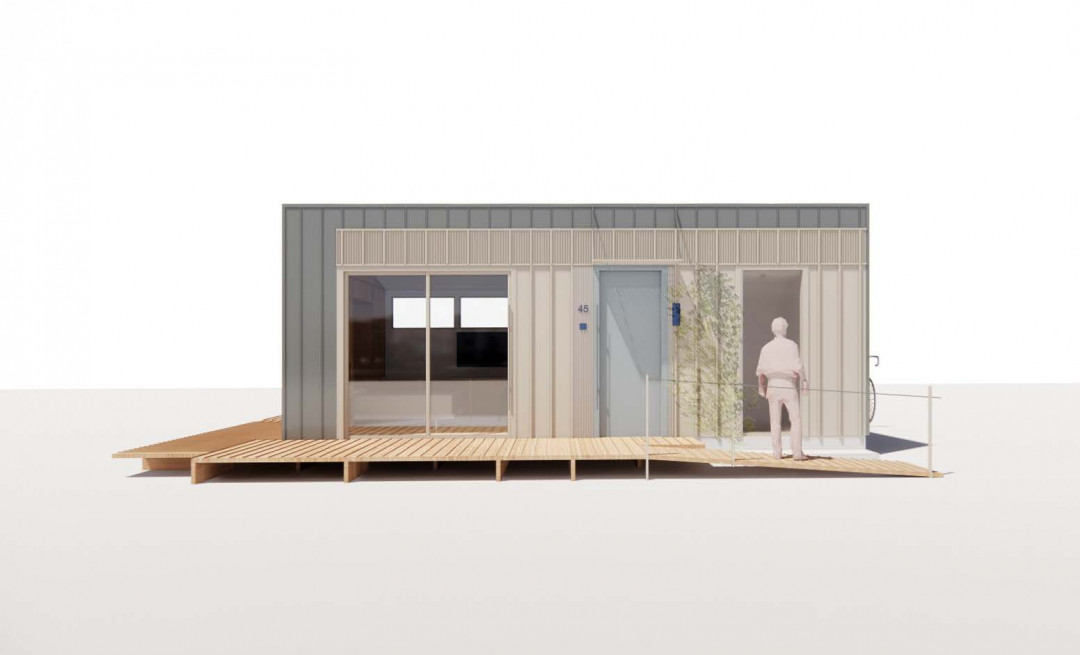

STUDIO: The nimble 400-square-foot studio features a compact kitchen and a flexible combined lounge, workspace, and sleeping area. A surface that slides out of the built-in dresser can serve as both a desk or dining table. When the murphy bed is folded into the wall, its cross support becomes a work surface.
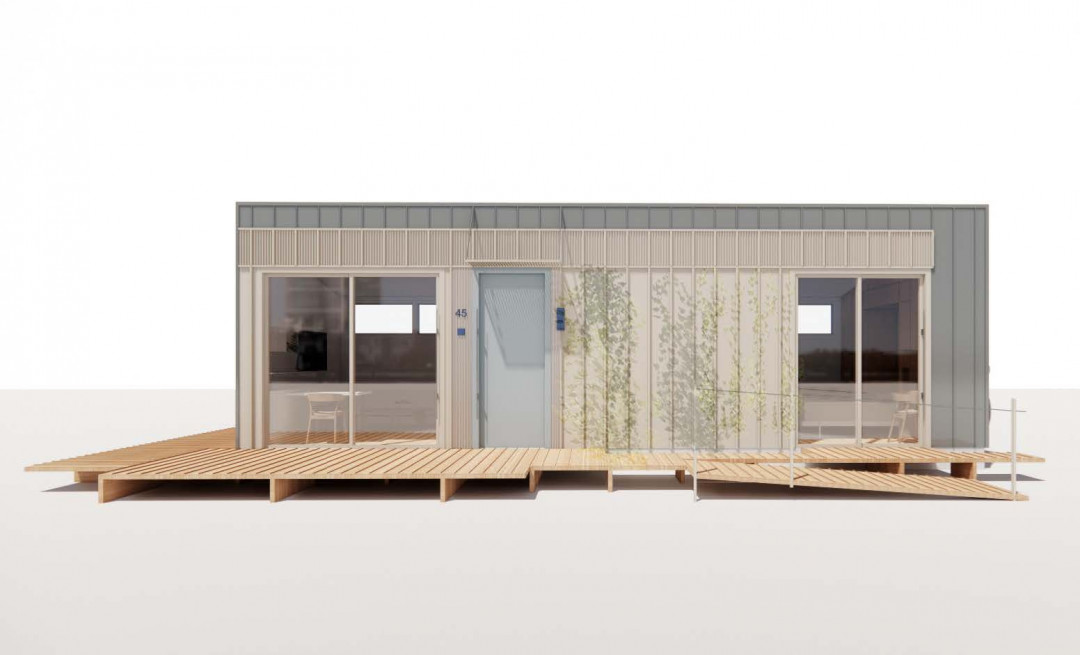
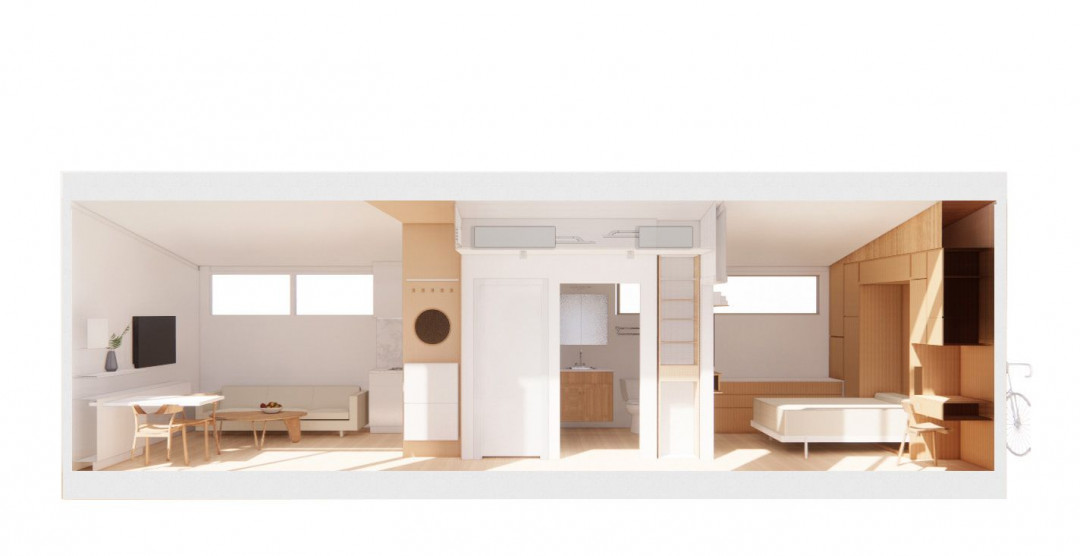
ONE BEDROOM: This option includes an expanded kitchen, dining, and living area as well as a full bedroom. As in the studio option, the living area is lit by both clerestory windows and sliding wall panels that open to a garden. A built-in desk beside the bed offers a dedicated workspace.
Working closely with the biggest prefabrication company in the northern United States, CAZA developed a customizable design scheme that uses existing production capabilities, supply chains, and customer-service infrastructure. These integrations mean that a customized home could be ordered online, delivered, and installed on-site within weeks. The two prototypes—a studio unit and a one-bedroom unit—can serve as a self-use office, an intergenerational home, or a rental investment.

LOCATION: Several locations throughout the United States
SIZE: Studio - 400 SQF / One Bedroom 500 SQF
PROJECT TEAM: Carlos Arnaiz, Xiao Tan, Queenie Xu, Yihang Yan
This article originally appeared in cazarch.com




 Indonesia
Indonesia
 Australia
Australia
 New Zealand
New Zealand
 Philippines
Philippines
 Hongkong
Hongkong
 Singapore
Singapore


